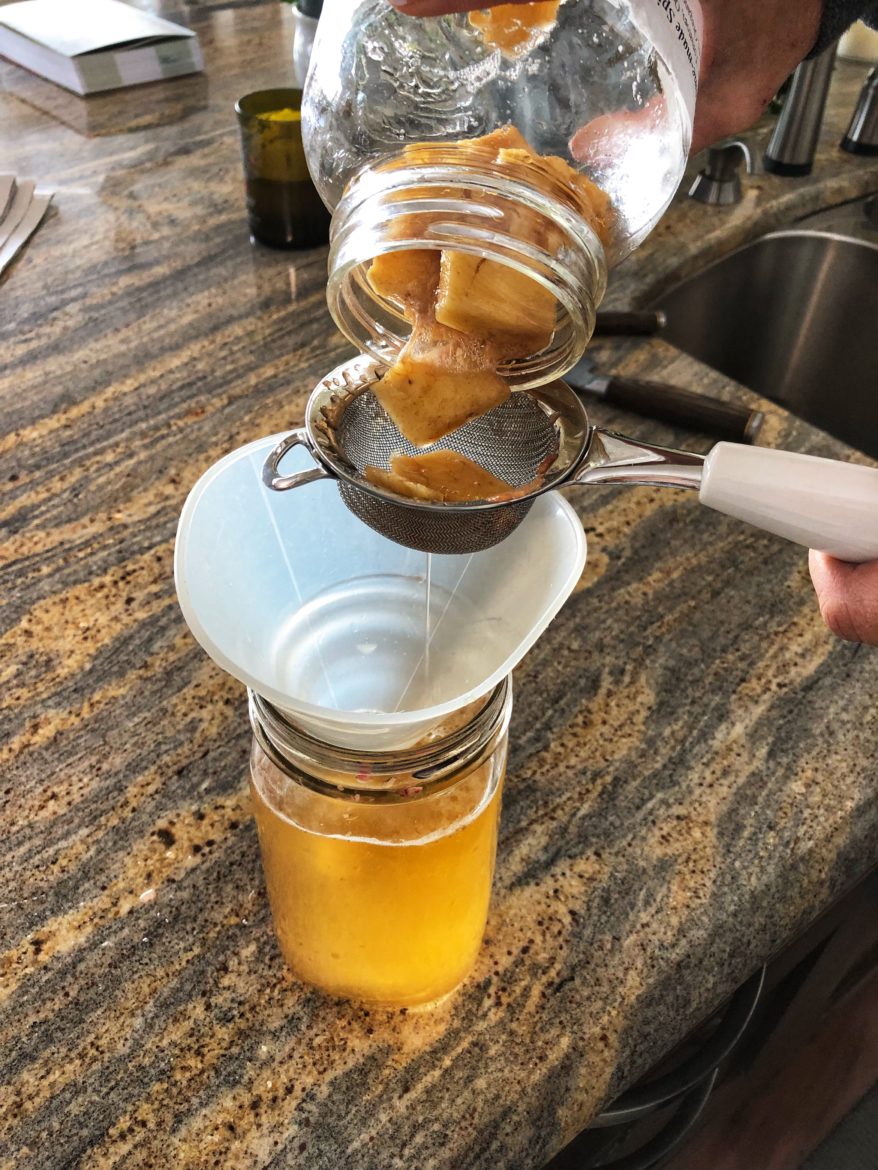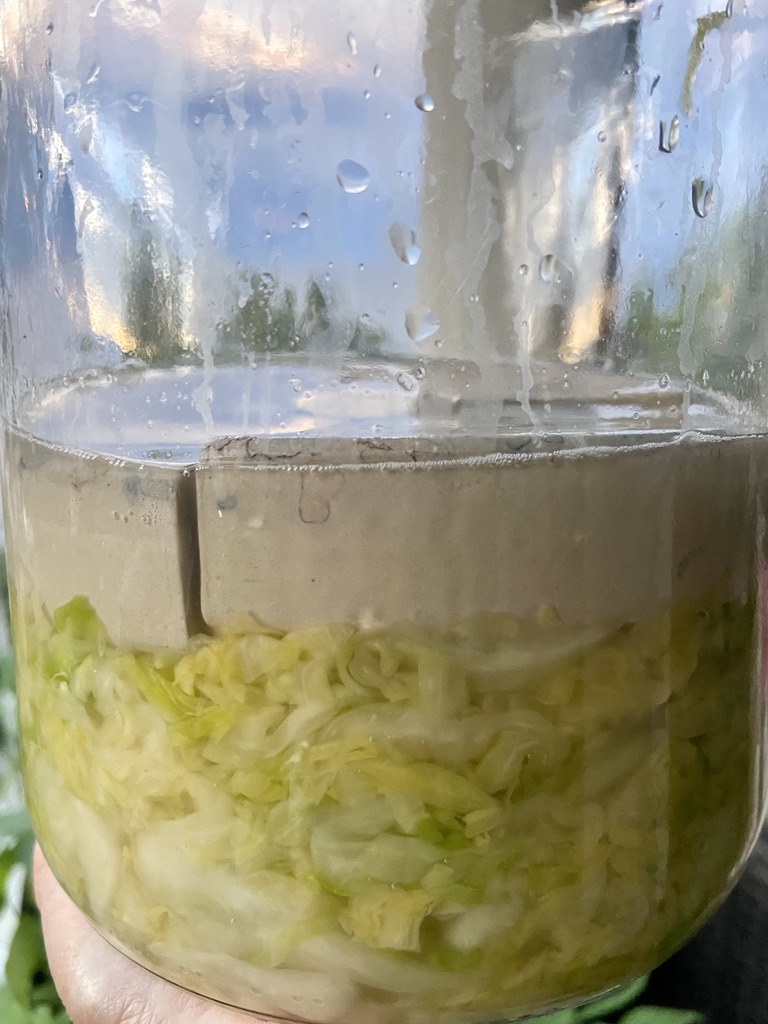Did you know it is simple to make your own sauerkraut and that eating fermented foods can be a great way to add good bacteria into your digestive tract? Overall health has been proven to start in the gut, with the foods that we eat. Gut health connected to overall health is a fairly new concept. Sauerkraut is one of those fermented foods that is so simple to make it’s almost laughable. Two ingredients… Cabbage and salt. That’s it.
Let me show you how easy it is!
But first, I would love to highlight a couple of doctors who are leaders in the field of gastroenterology… Dr. Will Bulsiewicz, and Dr. Zach Bush.
They both can be found speaking about gut health on podcasts here. Dr. Will and Dr. Zach with Rich Roll. If you have never listened to Rich Roll, who is a plant-based athlete, you are in for a treat. His podcasts are outstanding.
If you are looking for someone who is extremely knowledgeable about the regeneration of our soil in order to bring back the microbes we all need to thrive, look no further. I can’t imagine someone more perfect to highlight than Dr. Zach Bush. He will make you fall back in love with our world and give you hope for the future. Dr. Bush has many interviews on various topics available to enjoy on his website at www.zachbushmd.com. I hope you check him out!
Why eat sauerkraut?
- Sauerkraut is rich in fiber, minerals and vitamins.
- Fermented foods contain naturally occurring probiotics, which are good bacteria, vital for gut health.
- Probiotics have been well documented for their ability to aid against chronic inflammatory diseases, which are known as the leading cause of mortality worldwide. (1)
Can I add other foods and spices to this cabbage?
Absolutely! There are lots of other vegetables that can be added to the cabbage. These include: beets, onions, garlic, kohlrabi, turnips, carrots, herbs such as dill or parsley, caraway seeds, or grated ginger root. I would suggest only adding one or two to start, to find out which flavours you like or dislike.
I would suggest starting with ½ cup of each additional ingredient (or 1 teaspoon for dried herbs), and adjusting from there.
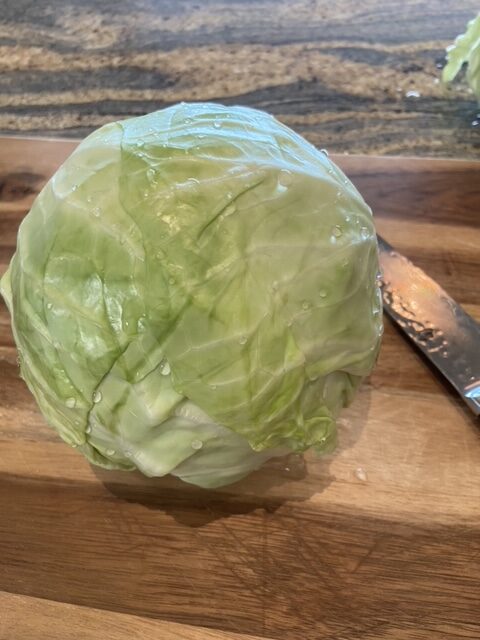
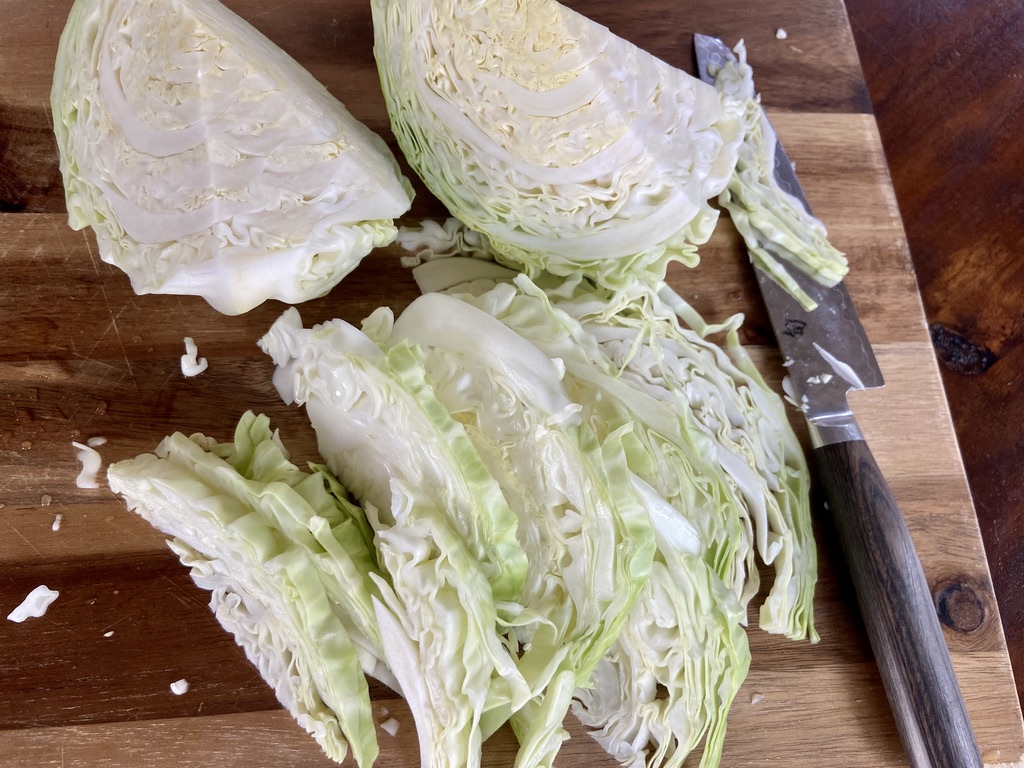
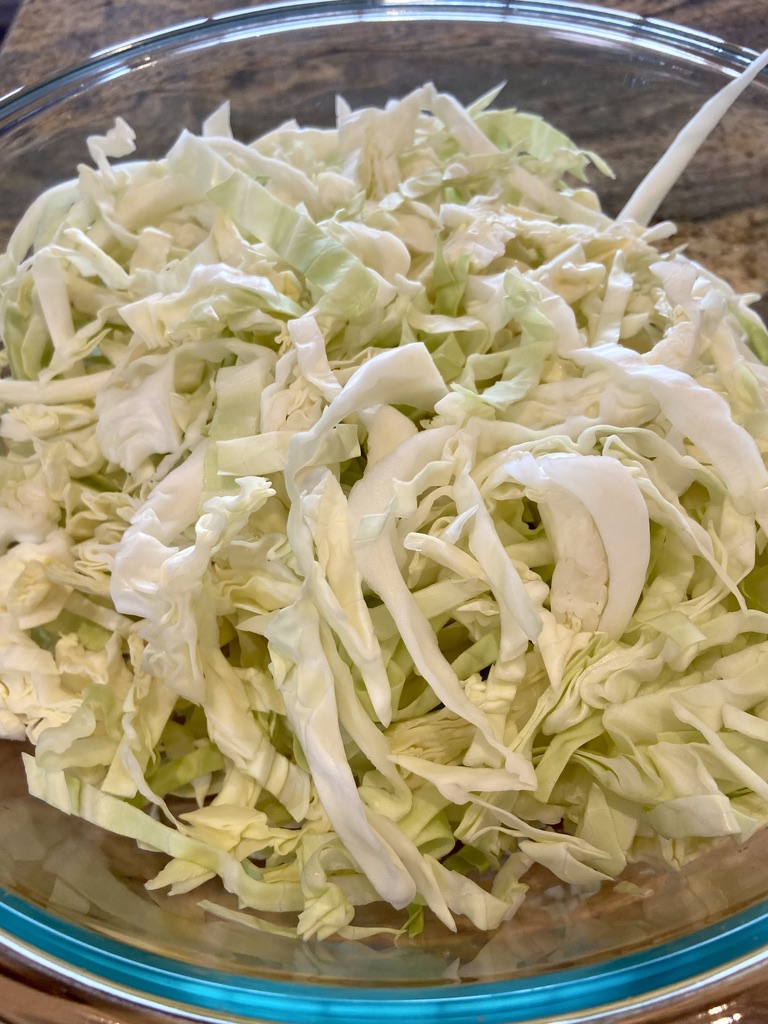
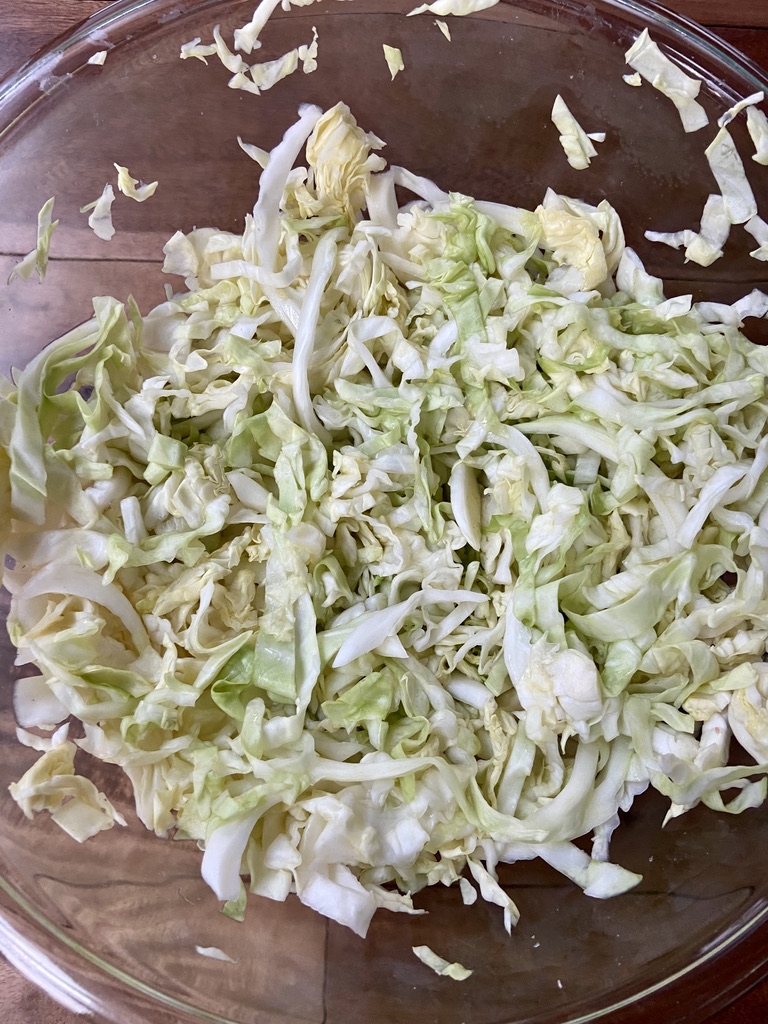
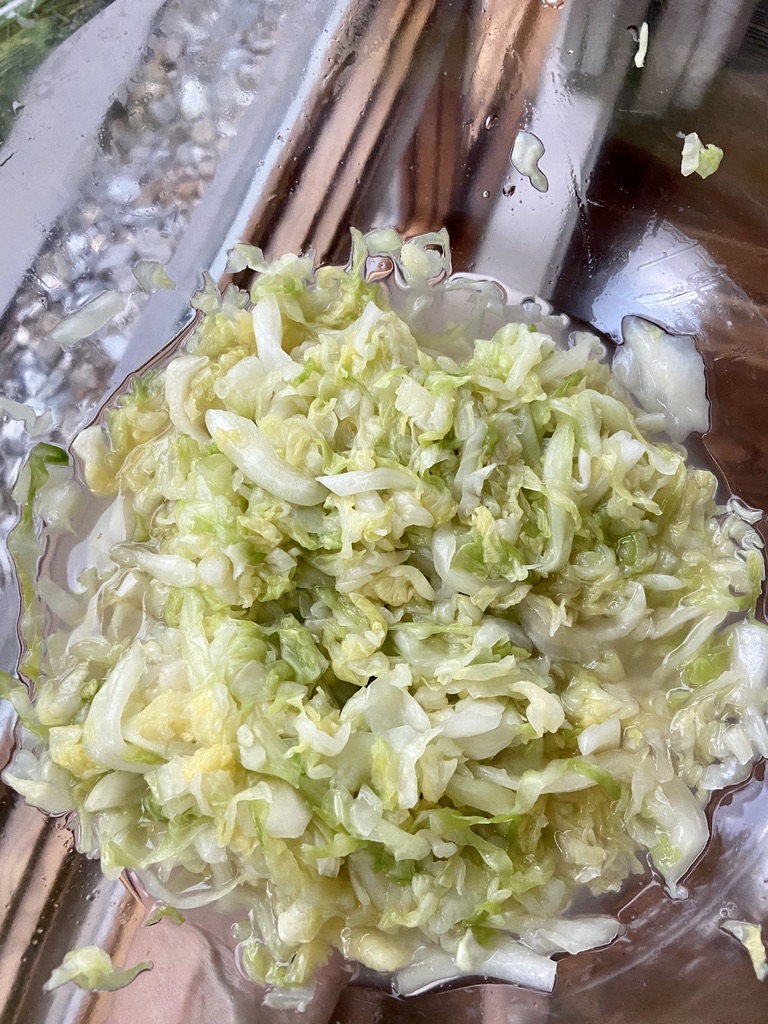
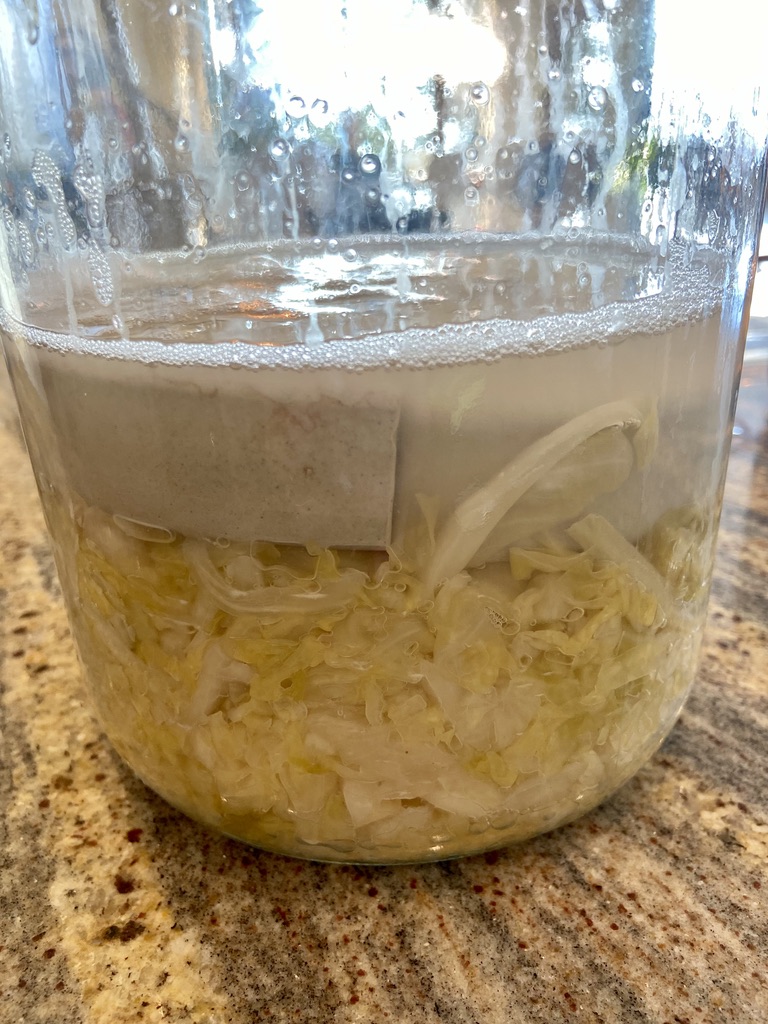
www.thevibrantveggie.com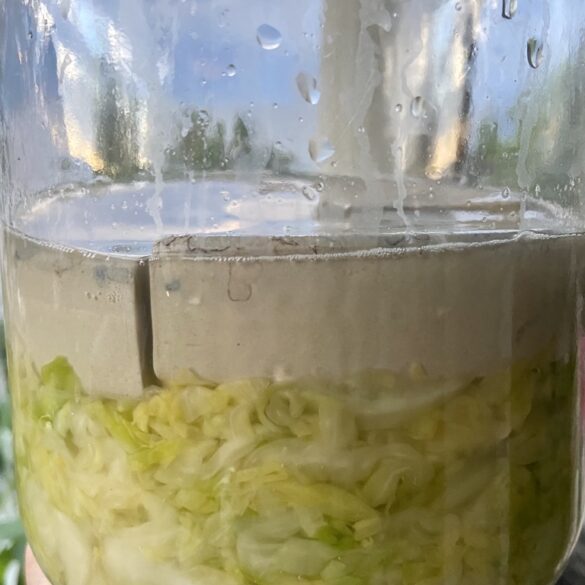
Ingredients
Instructions
If you would like another recipe for a fermented food, check out this one on how to make your own Kombucha!
